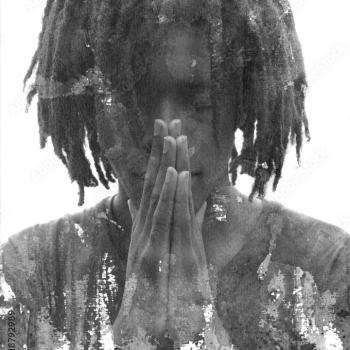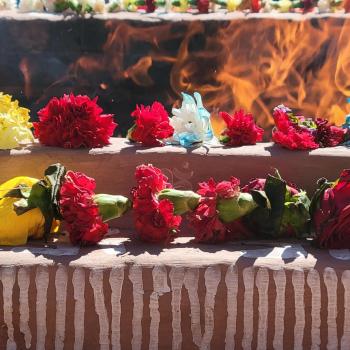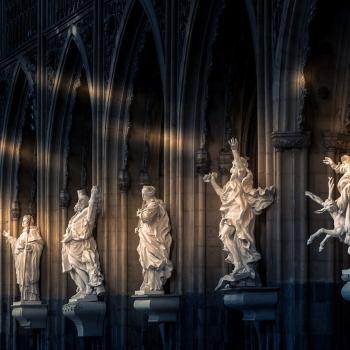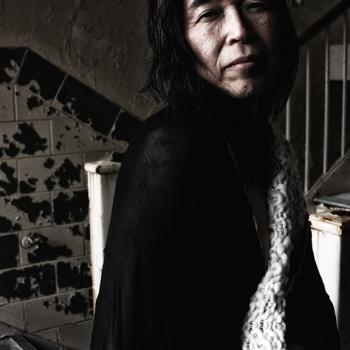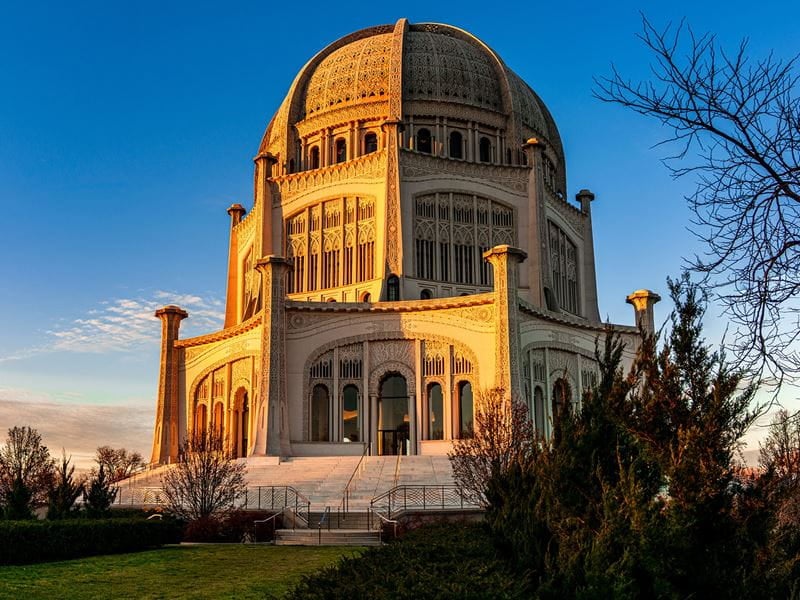
- Trending:
- Forgiveness
- |
- Resurrection
- |
- Joy
- |
- Afterlife
The 100 Most Holy Places On Earth
Bahá'í House of Worship


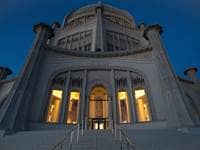
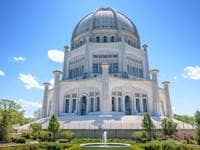
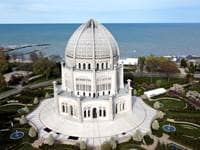
Associated Faiths:
Baháʼí. While it does draw some from traditions outside of the Baháʼí faith, most non-Baháʼís who visit are either non-religious tourists, practitioners of one of the dharmic tradition, or new-age Christians.
Accessibility:
Open to visitors. Modest dress recommended.
Annual Visitors: 250,000
History
Though many are unfamiliar with what the Baháʼí faith teaches, this tradition—that has its origins in the mid-19th century—is more prevalent than many would suppose. It has millions of adherents and several temples, and yet does not seek to pit itself against other religious traditions. Indeed, the Baháʼí faith might appropriately be called a universalist tradition—perceiving all religions as “true” and seeking the “unity” of all faiths and all peoples throughout the world.
The Chicago Baháʼí Temple is the second Baháʼí house of worship ever to be built, and the oldest of their buildings still standing. Ground was broken for it in 1912, but construction didn’t start until the 1920s. Because of World War II and other challenges, the temple wasn’t competed until 1953. The Chicago temple is one of only sixteen Baháʼí houses of worship scattered throughout the world (either constructed or in the process of being constructed).
Because the Baháʼí believe in the unity of religions and religious truths, this temple incorporates various religious symbols and architectural styles. For example, Baháʼís believe that the number nine symbolizes perfection and completion (perhaps because nine is the numeric value of the word “Bahá” in Abjad numerology or gematria). Because of this symbolism, many elements of the Chicago Baháʼí temple occur in groups of nine. As examples, there are nine fountains in the gardens surrounding the temple. There are nine decorative pillars on the outside of the temple (each bearing religious symbols from various faiths). The auditorium has nine entrances. There are nine alcoves inside of the temple. And the dome atop the temple has nine sections comprising it. Thus, the building’s art and architecture symbolize the perfection and completion to be found in the coalescing of all religions and all truth.
So remarkable is the architecture of this sacred space, it not only draws hundreds of thousands of visitors each year, but it has received honorary recognition as “One of the Seven Wonders of Illinois” and “One of Illinios’ 200 Great Places.” Its presence on the landscape of Wilmette, Illinois seldom goes unnoticed. However, many have nothing more than a vague understanding of the building’s purpose or the Baháʼí faith’s beliefs.
Religious Significance
The Baháʼí tradition doesn’t see “space” as intrinsically “holy,” but practitioners hold that one can create “sacred space” through the recitation of God’s word wherever one is present. The Baháʼí understanding is that any place where God is contemplated or “remembered” and spoken of, becomes—by default—a “sacred space.” As a consequence, Baháʼís can thus sacralize nearly any space in which they find themselves. Indeed, one might say that Baháʼís would see the distinction between the “sacred” and the “profane” as a false dichotomy—an illusion—since everything and every space that God has created is “holy” by virtue of His manifestation in that place.
Many Baháʼís do believe that a location where a “manifestation” of the divine has taken place has a greater propensity to achieve “holiness” or to become “sacred space.” Yet, if those who worship there are not changed spiritually, or do not “encounter” God themselves there, then their worship may be nothing more than “idolatry”—and unworthy of the “sacred space” in which it takes place.
Baha'is refer to their temples as Mashriqu'l-Adhkars (which means “Dawning-place of the Remembrance of God”). They are places of gathering for people of any faith, or of no faith whatsoever. While they do not have a liturgy or even sermons, people gather and share scriptures and their interpretations thereof—and they are allowed to use the scriptures from any religious tradition. There are no set rituals of pilgrimage but, when visiting a shrine, it is common to offer special prayers—called “Tablets of Visitation.”
For Baháʼís, the Chicago temple is a symbol of the ideal world, where religions are all one and peace is universal. Thus, a pilgrimage to the temple is not as important as seeking unity or oneness with all peoples, all religions, and all forms of created life. The temple stands as a monument to the truths the Baháʼí faith teaches. But, again, the temple is less a holy space than an invitation for the citizens of the world to create holiness wherever they are.


